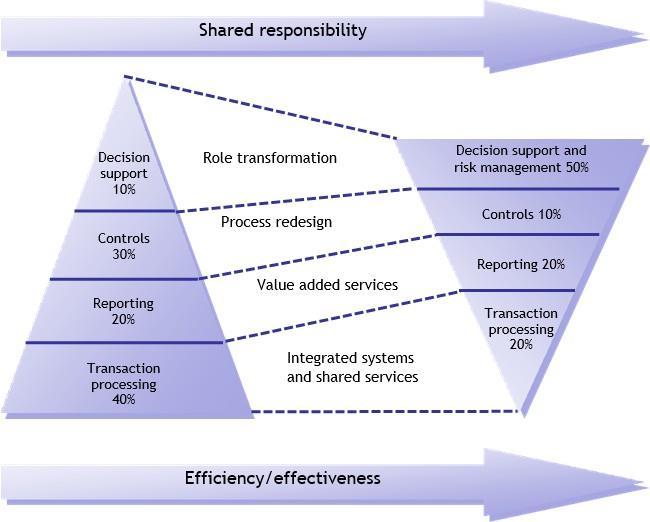
1 minute read
Liquidity ratios
Ratio Possible interpretations
Current ratio
Advertisement
This ratio is said to give banks and suppliers an indication of your ability to repay short-term borrowings and pay your suppliers. It’s said to give the ‘best case scenario’ and shows how much cash or potential cash you have in your current assets and how much you might have to pay out in the near future.
Although this ratio is used extensively by people who only have access to the published accounts, it should be used with caution and in combination with the stock, debtor and creditor ratios below. Banks often quote a 2:1 ratio as a minimum requirement and yet some service industries would automatically fail this test. The financial world is a different place now compared with what it was in the days of heavy manufacturing industries.
Quick ratio or acid test
This ratio is also said to give banks and suppliers an indication of your ability to repay short-term borrowings and pay your suppliers. However, it’s said to give the ‘worst case scenario’ and shows how much cash or potential cash you have in your near liquid current assets (debtors and in the bank) and how much you might have to pay out in the near future.
Again, this ratio is used extensively by people who only have access to the published accounts and should be used with caution and in combination with the debtor and creditor ratios below. Banks often quote a 1:1 ratio as a minimum requirement. But some retail industries would automatically fail this test as they don’t have debtors and yet their cashflow is likely to be healthy in the short term.



